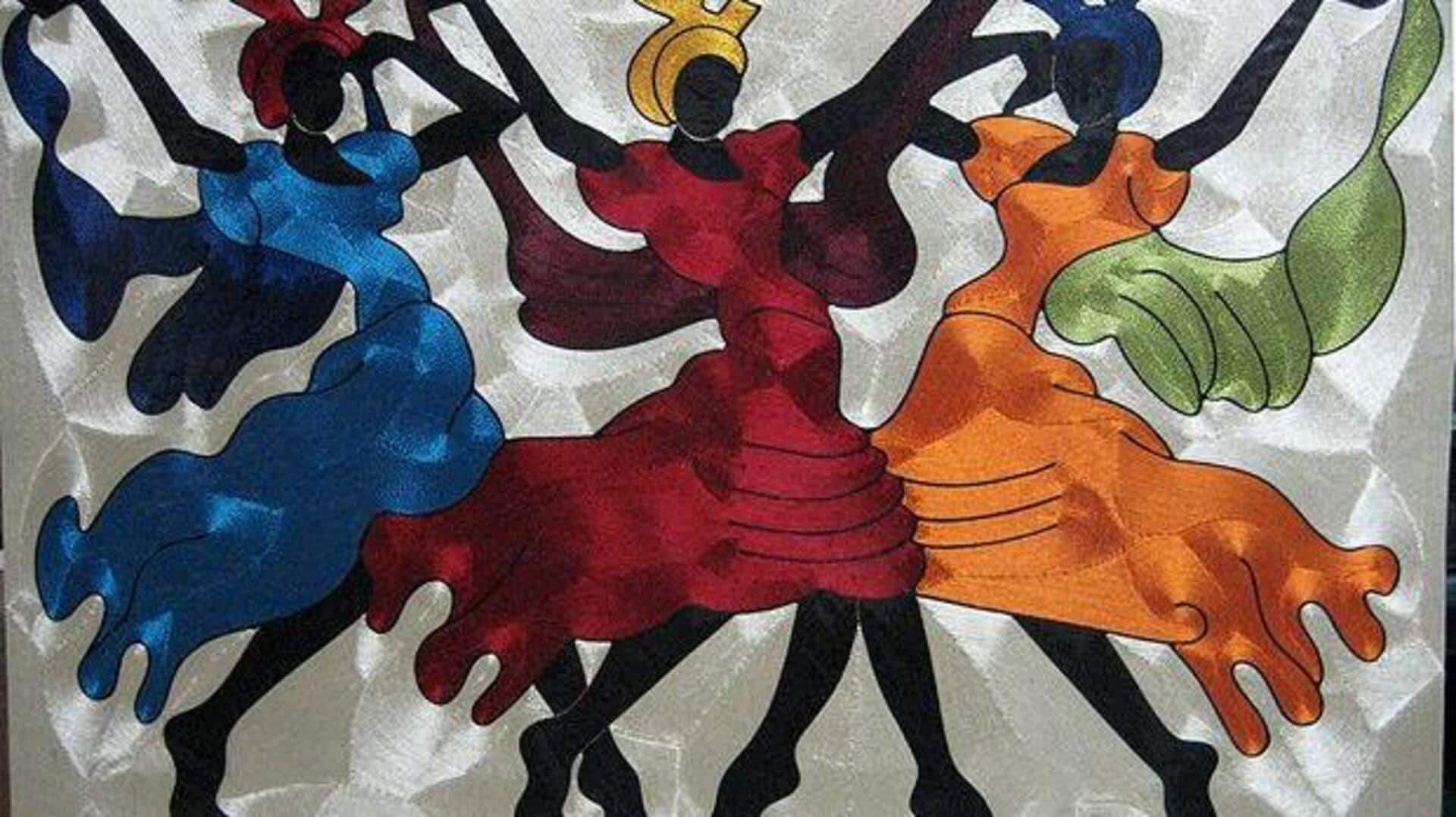
Exploring African silk painting craftsmanship
What's the story
African silk painting is a unique art form that combines traditional techniques with contemporary styles. This craft uses bright dyes on silk fabric to create intricate patterns and images, showcasing Africa's vibrant cultural heritage. It's not just art; it's a form of storytelling. Each piece narrates tales of community, nature, and spirituality, making it a powerful expression of the continent's identity.
History
The origins and evolution
Silk painting in Africa has a rich history spanning hundreds of years, deeply intertwined with the continent's vibrant cultures and traditions. Originally employed as a form of storytelling and a symbol of status within communities, the technique has undergone significant transformation. Now, it fulfills both beauty and function, gracing homes globally as wall hangings and wearable art.
Craftsmanship
Materials and techniques used
To create African silk paintings, you need silk fabric, resist for outlining, and dyes—often natural ones made from indigenous plants and minerals. The process begins by stretching the silk on a frame for a smooth working surface. The resist is then applied to define design boundaries, followed by painting with brushes or sponges to add vibrant colors and intricate patterns. Depending on the design's complexity, finishing a piece can take anywhere from a few hours to weeks.
Modern influence
Significance in contemporary art
African silk paintings are making waves internationally with their bold colors and distinctive patterns that pop in any modern art setting. These pieces capture the spirit of contemporary Africa while honoring traditional themes like wildlife, landscapes, and tribal motifs. They're a perfect blend of old and new, proving that traditional crafts can evolve to fit modern aesthetics without losing their soul.
Learning
Preserving tradition through education
In numerous African nations, artisans are working hard to keep the ancient art of silk painting alive by teaching the next generation the techniques and secrets of this beautiful craft through workshops and mentorship programs. These efforts are not only preserving a piece of cultural history but also creating jobs and opportunities for local communities by showcasing their talents to the world.
Getting started
Tips for aspiring silk painters
If you'd like to try your hand at silk painting, start by familiarizing yourself with the various types of silk fabrics, as each reacts differently to dyes. Practice sketching your designs beforehand to ensure precision when transferring them onto the silk. Experiment with different dyes to understand color blending and create unique effects. Most importantly, be patient! Silk painting is a skill that requires time and practice to master, but the stunning results make the effort worthwhile.